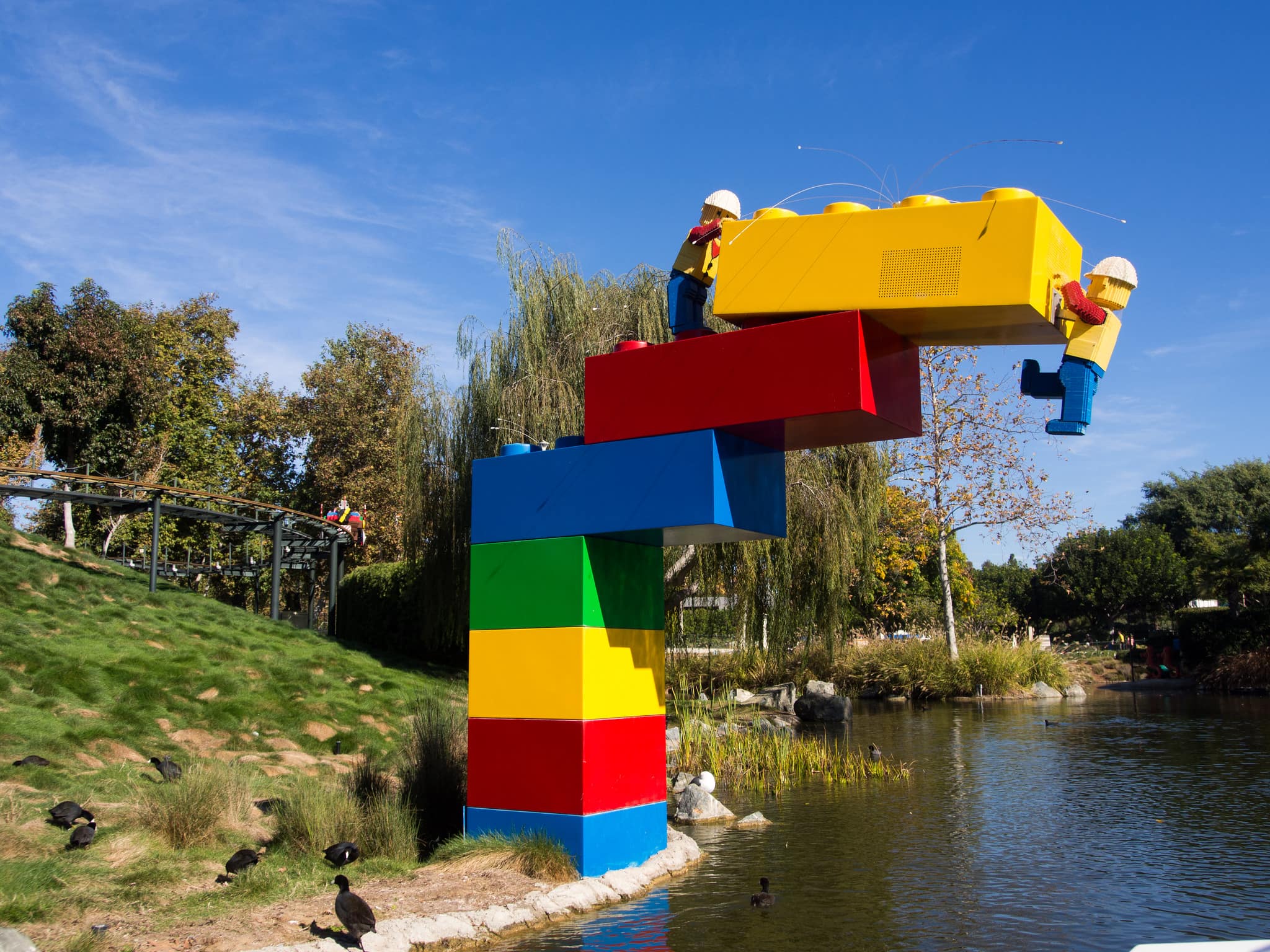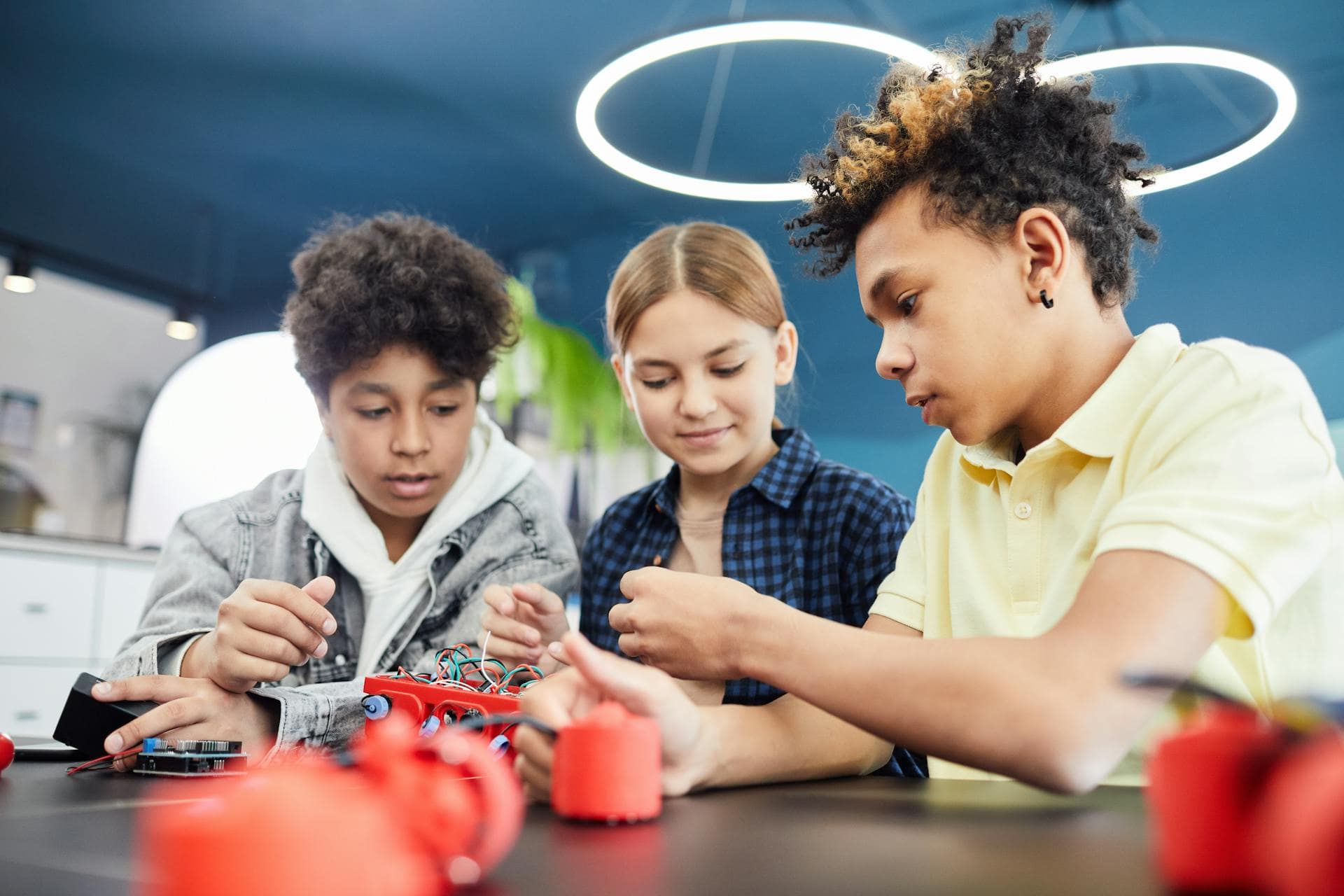
Mind the gap: Do the curious minds of teachers, pupils, and researchers match?
In 2006 the Dutch Curious Minds program started, aimed at studying young children’s reasoning talents in Science & Technology education, and teachers’ talents to stimulate these young children’s talents. Wesley, a boy who shines in the video clip below, is one of the many children who do so in Curious Minds video clips. Over the course of ten years of Curious Minds research, a number of insights have emerged (see for instance the blog posts of Marlenny Guevara Guerrero, and Carla Geveke). In addition, we developed a number of applications for educational practice, such as a video feedback coaching program for teachers (vfc-t) [1]. This program seems to have an effect on children’s level of scientific understanding as expressed in science lessons, both in under- and upper grade classes [2][3] (see the blog posts of Annemie Wetzels and Astrid Menninga).
Gap between educational research and practice
But do insights like these indeed influence the daily practice of teachers in educational settings, over the long run? The gap between findings from educational (psychology) research and how they are applied in educational practice is known for a long-time. Just like the opposite: the gap between questions that arise from educational practice and how data are collected by scientists. In the meantime, many attempts are made to bridge the gap, for example by making use of design based research models or action research [4][5].
Working (part-time) at Teachers College (TC) gives me the opportunity to contribute my bit to reducing the gap, i.e., to get more insight into what pulls the triggers in educational practice. What strikes me is that high demands are placed on the quality of the work done at TC, but that these high demands coincide with stress and following hypes that arise from society. Many issues need to be addressed in the TC curriculum, such as how children learn 21th century skills, the use of new media in the classroom, how to work with didactic instruction models, how to promote good reading education, how to reduce bullying in schools, and so on and so forth.
In addition, political decisions, such as the introduction of the law for adequate education (“passend onderwijs”, which obliges (networks of) schools to offer appropriate schooling for all children in the region) in August 2014, have direct consequences for daily practice in TC. And then there too is the urge to let student-teachers work with recent theoretical insights from (educational) science. Multiple scientific research groups – from a range of faculties – ‘harass’ TC with their – sometimes inconsistent – knowledge and insights, and ask TC to work with this knowledge. However, in a professional context like the educational context, the urgent need is for knowledge that ‘fits in’ with existing practice and strengthens that practice.
Developing knowledge that ‘fits in’
What I especially like about working at TC is that it enables me to develop this kind of ‘fitting’ knowledge. For example, we apply ideas that result from the Curious Minds research in the TC curriculum, by developing a competence profile for student-teachers aimed at recognizing talented behavior of their pupils. Furthermore, we examine interaction dynamics in the classrooms of Teachers College itself [6], and seek ways to improve these dynamics. Working at TC broadens my insight of the fact that a classroom is indeed a very different context than a research context, which brings along that research insights have a complete different meaning for teachers in the classroom. These differences stress the importance of connecting to the meaning that knowledge has for the (student-)teacher. Insights need to strengthen the actions of (student-)teachers – in the context of their classrooms.
It is exciting to be able to do new, practice oriented research, whereby teachers are co-researchers in their own classrooms. These teachers generate usable knowledge, which is – among others – driven by their own experience and fostered by professional network-learning. This research focuses on how to stimulate talented behavior of pupils diagnosed as having Autism Spectrum Disorder (ASD) [7], by collecting good practice examples of positive ‘talent spirals’ that emerge in the interaction dynamics between teachers and pupils with ASD.
My dream is that, over time, TC, education and educational research together succeed in creating stimulating learning environments for all children to flourish optimally.
By means of research like this, we do have a small influence on professionalizing (student-) teachers’, in that we contribute to a process of constant change of which TC and the educational system are part. My dream is that, over time, TC, education and educational research together succeed in creating stimulating learning environments for all children to flourish optimally, or in other words, in which children are able to perform in their optimal performance range. That would be a real match between the curious minds of researchers, teachers, and children!
Relevant links and publications
[1] Wetzels, 2014
[3] van Vondel, 2016
[5] van der Linde & van Braak, 2009
[6] PhD project of Frank Assies, 2016
[7] Raak publiek, 2015
www.talentenkrachtgroningen.nl
NOTE: Image by Yuxuan Wang, licenced under CC BY 2.0



